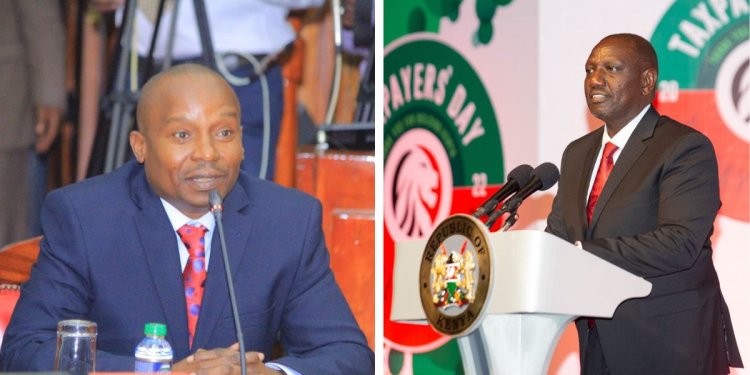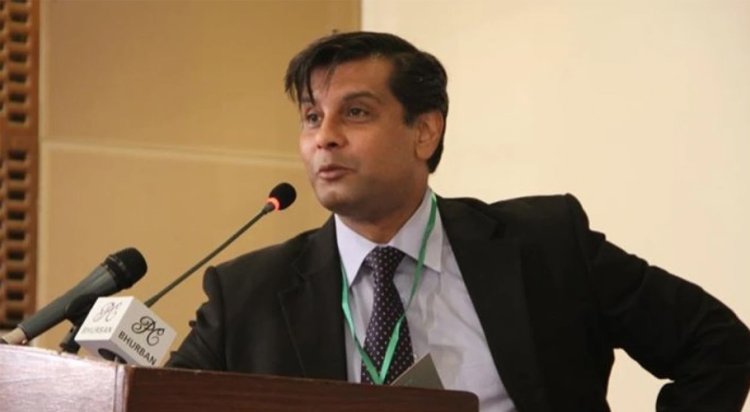Ruto Orders IPOA To Help Kindiki End Police Killings
Ruto noted that the vice must be dealt with by both entities...

President William Ruto has handed Interior Cabinet Secretary Kithure Kindiki his first order, four days after being sworn in at State House in Nairobi.
Speaking at State House in Nairobi on Monday, October 31, the President directed Kindiki to ensure that the Independent Police Oversight Authority (IPOA) furnishes his docket, the Ministry of Interior and Coordination with a roadmap on how to deal conclusively with extrajudicial killings in the country.
Ruto noted that the vice must be dealt with by both entities, noting that IPOA was qualified to offer proper directions on which his government will end the vice once and for all.
"You are uniquely qualified to help us define a mechanism to stop this practice," he said.

President William Ruto with members of IPOA at State House in Nairobi on Monday, October 31, 2022. /PCS
He was speaking on Monday when he met IPOA to discuss their mandate.
IPOA has been in the spotlight following its involvement in investigations with regard to enforced disappearances and excessive use of police force on Kenyans and foreigners in the territory of the Republic.
Notably, it is investigating 112 cases where a number of dead bodies were found dumped in River Yala in the Western Region.
“IPOA continues to face challenges of non-cooperation by some members of the National Police Service (NPS). In view of this, the authority wishes to affirm that it will invoke the provisions of section 31 of the IPOA Act.
"Further, in instances where it is evidenced, the authority will invoke individual or command responsibility to ensure accountability,” IPOA announced at the time.
The authority is also investigating the fatal shooting of Pakistani journalist Arshad Sharif in Kenya whereby they demanded that a ballistic test be conducted on the guns of the officers manning the roadblock to track down the killer.
Detectives investigating the murder case had recently found a metallic object in Sharif's chest after an autopsy was conducted on his body by eight members of the medical board at the Pakistan Institute of Medical Sciences (PIMS) after his body was repatriated.
According to the medical practitioners, the object will be used as a piece of evidence to conduct a forensic examination to determine the type of weapon used in killing the journalist.
"This recovery of the bullet could provide a crucial lead to the investigations into the murder surrounded by mystery and controversies," the team, who spoke to Dawn, a Pakistani news outlet, stated.
The 'piece of metal' was handed to the police to aid in further investigations.

 admin
admin 





